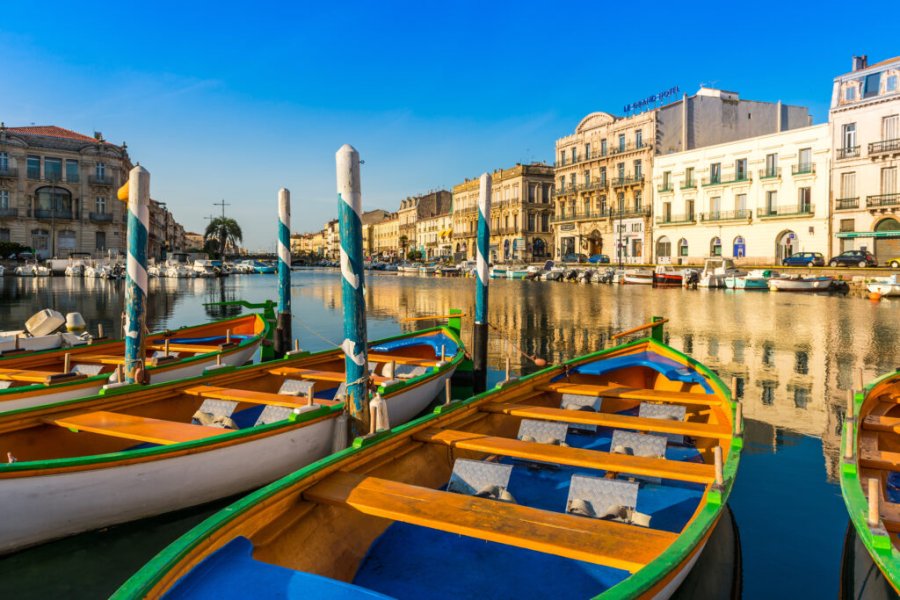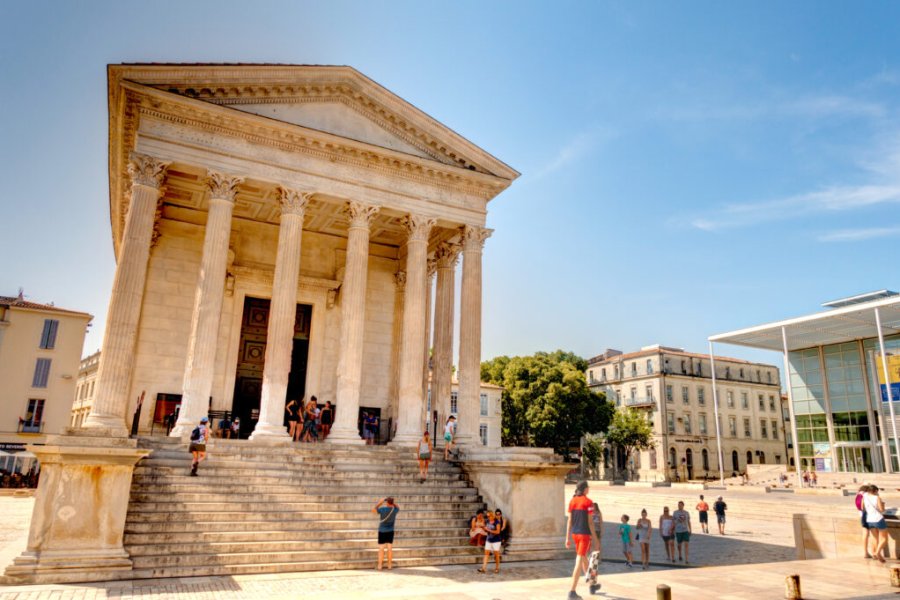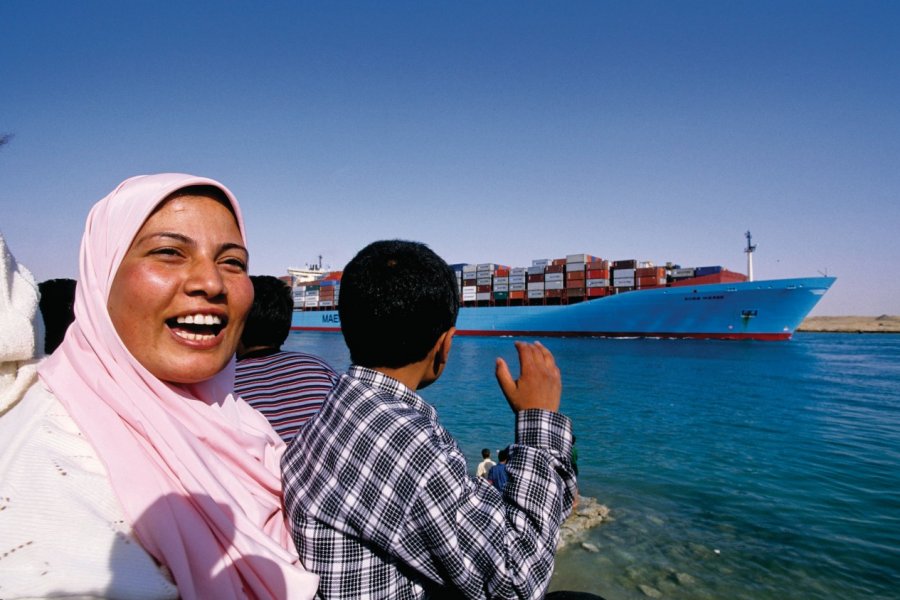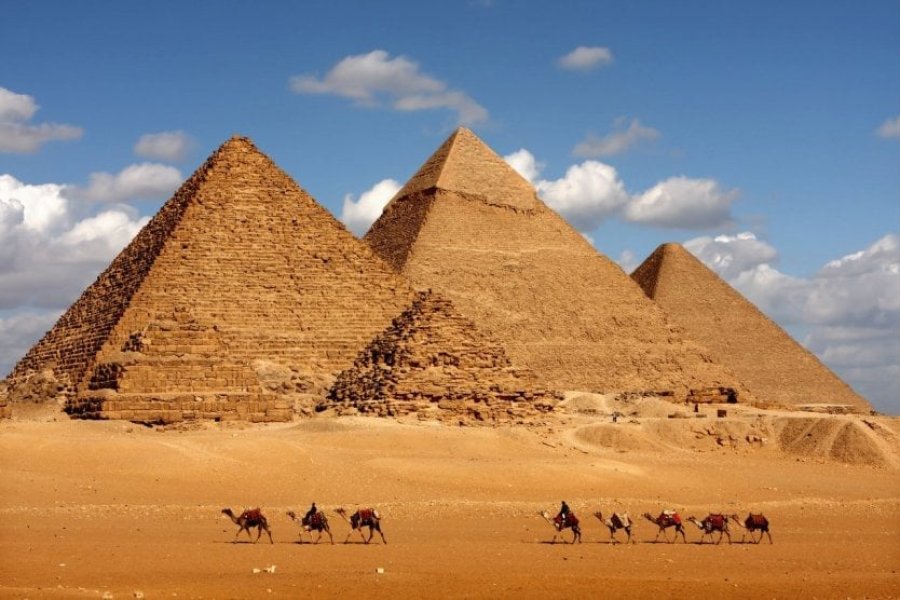Travel Guide Suez
Find an accommodation
Advertising
Suez is a myth that disappoints the imagination: the small town has not been able to absorb the emotional weight that the breakthrough of the modern canal has had on people.In Pharaonic times, already a small port, Clysma or al-Qulzum, had been built on this site where the Red Sea connected the Nile thanks to the canal that the ancient Egyptians had dug. The Arabs, in the 7th century, restored the canal, which was renamed the "canal of the Amir of the Believers". The port was prosperous for a long time, until the 11th century, and was also used as a passage for pilgrims' boats going to Arabia. It was only in 1809, with Mohamed Ali Pasha, that the port and the city resumed their activity: they housed war buildings. In 1869, the canal having been pierced, the workers left the city, but the port developed, as well as trade activities: the number of inhabitants reached 18,000. In 1913, the first oil refinery began production; between the two wars, yachting was developed there. The nationalization of the canal in 1956 forced the foreign population to leave Suez and the country. The city's activity then came down to the industries that survived.The interest of Suez today is limited: road passage to the Sinai, one hardly stops there. However, as in Ismailia, Port Said and Port Fouad, the cities of Suez and Port Tawfiq offer very fine examples of twentieth-century urban planning and architecture, like all those cities born of the desert, such as Heliopolis and Maadi, near Cairo.
What to visit Suez?
Suggested addresses Suez
Weather at the moment
Advertising
Organize your trip with our partners Suez
Transportation
Book your plane tickets
Car Rental
Boat rental
Accommodation & stays
Find a hotel
Holiday rental
Find your campsite
Tailor-made trip
Immersion travel
Services / On site
Activities & visits
Find a doctor
Find unique Stay Offers with our Partners
Pictures and images Suez
Featured articles Suez
Other destinations nearby Suez
5 km away
100 km away








